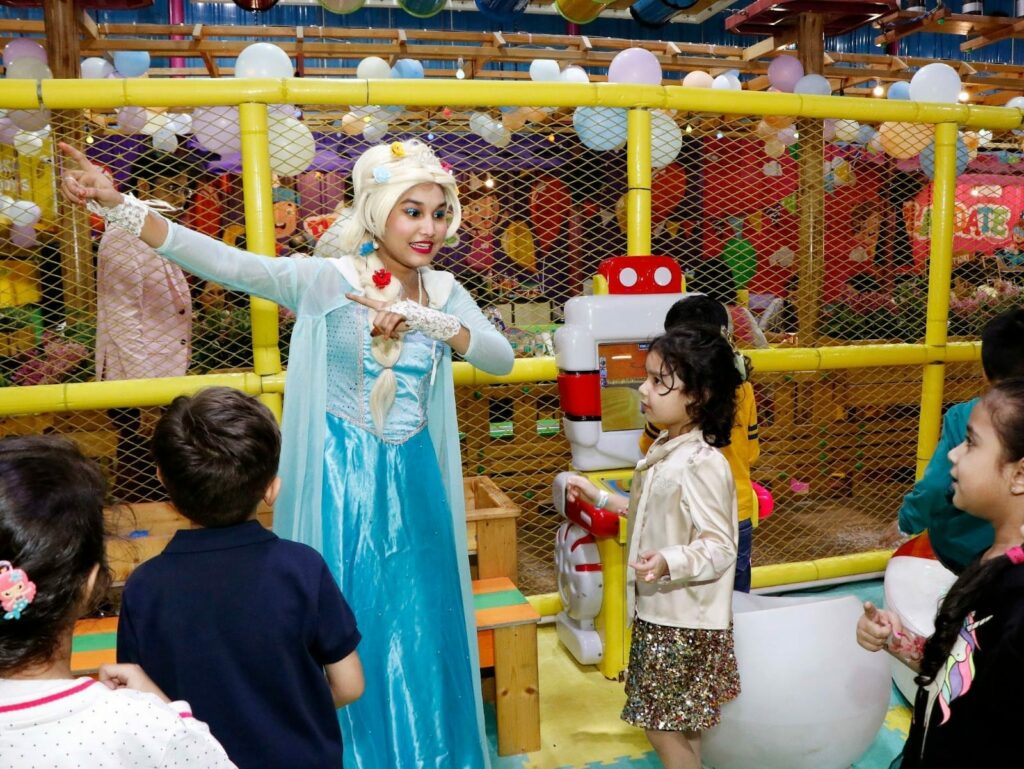
Improving a child’s bad habits requires a multifaceted approach that takes into account their age, individual needs, and the specific habit in question.
Set a positive example:
Children often imitate the behavior of adults around them. Therefore, it’s crucial to model good habits yourself. Consistently exhibit the behavior you want your child to adopt, as they are more likely to emulate what they see.
Communicate and explain:
Talk to your child about the negative effects of the habit and why it’s important to change. Use age-appropriate language and provide clear explanations. Engage in open and honest conversations, allowing your child to express their thoughts and concerns.

Create a supportive environment:
Make adjustments to the child’s surroundings to minimize triggers for the habit. For example, if they have a habit of snacking on unhealthy foods, stock the pantry with nutritious alternatives. Rearrange the environment to make it easier for them to make positive choices.
Set clear expectations and rules:
Clearly define your expectations regarding the habit and establish rules that need to be followed. Consistency is key, so enforce the rules consistently and provide appropriate consequences for non-compliance.
Offer positive reinforcement:
Recognize and reward your child’s efforts and progress toward breaking the habit. Praise their small victories and provide incentives to motivate them. Positive reinforcement can be in the form of verbal encouragement, small treats, or privileges.
Also Read : How Can You Select The Perfect Place For a Kid’s Birthday With Activities?
Today’s children mostly get indulge in watching TV & Phones, so as a parent, you should keep an eye on what they consume. Another option is to engage live cartoon or character which can be their role models, to imbibe certain behavior you may want to inculcate in them through these fun live characters. This can improve your child’s habits through their role model leaving a strong long lasting impression in child’s minds.

Help them find healthier alternatives:
Identify healthier alternatives to the habit that can satisfy similar needs or cravings. For instance, if a child has a habit of biting their nails when they’re nervous, suggest they use stress balls or engage in deep breathing exercises as alternative coping mechanisms.
Teach coping skills:
Help your child develop healthy coping strategies to deal with stress, boredom, or other underlying reasons for their habit. Teach them relaxation techniques, problem-solving skills, and alternative ways to manage their emotions.
Provide ongoing support:
Breaking a habit takes time and effort. Be patient and supportive throughout the process. Offer guidance, understanding, and encouragement, even if there are setbacks along the way.
Seek professional help if necessary:
If the habit is persistent, interfering with daily life, or causing significant distress, consider seeking guidance from a pediatrician, therapist, or counselor. They can provide specialized strategies and support tailored to your child’s needs.

Remember, each child is unique, and it’s important to approach habit improvement with empathy and understanding. Building a healthy and supportive relationship with your child is essential in helping them overcome their bad habits.







